From Every Nation, Tribe, and Language
Part 1
I am a nursing professor at a community college in Canada. Currently I am privileged to teach a class for foreign trained medical professionals whose credentials are not recognized in Canada. This nursing class fast tracks them into the Canadian healthcare system so that they can begin working in the field and networking their way to where they wish to go. Let me introduce you. There are 25 students. 12 are nurses or midwives, and 13 are doctors. We have 18 countries of training represented, with no more than three students from any one country. Does this qualify as diversity?
I asked them today, just for fun, what languages they speak, and wrote them on the board. I thought I was familiar with a few of the major languages in the world. I guess it depends on how you define “major”. This group of 25 persons speaks 30 languages among them! No wonder I don’t hear many non-English conversations going on at break time. There isn’t a whole lot of overlap in languages. When the name of a country is the root word for the name of the language, I can sort of spell it, and some like Arabic, Mandarin, Hindi, Urdu, etc. I’ve previously encountered, but they were helping me spell out names of languages I have already forgotten! The trouble with them spelling for me is that I can’t decipher b from d, p, t, or v in their accents. They were intrigued by the fact that my first language was not English either. You know how you feel when you’ve just had a telephone conversation with someone you can barely understand at all because of their accent? Multiply that by 25 or so persons with at least a dozen varieties of such accents who talk all the time, and you will know why I come home very tired every day after work! I find myself being stretched in every way. My internal thesaurus grows daily as I run through lists of synonyms attempting to locate the one English word familiar to the student, in order to translate the concept they are having difficulty with. My ability to guess the meaning of an entire sentence based on the two or three words I understand is growing, as is my awareness of culture-specific words. I had quite a time trying to describe jello to someone who wasn’t familiar with the substance, let alone its name!
Marking papers has to be about my least favorite part of teaching, but in this group, it is an adventure. Did you all know that churches are profitless organizations? Someone describes an organization as profitless and I am left to wonder just how I would even begin to explain why it is nonprofit instead of profitless! Also, how does one explain that certain words they hear used in common language are unacceptable in professional papers? Swearing means making a solemn promise; cursing means calling bad things down on someone; what do I call these “bad words” so they can understand? And do I list examples? After a time of reading papers written by persons with so many languages of origin, my neck has had a workout along with my brain! You remember those kaleidoscope toys where you turn it just a bit and you get a whole new design? Well sometimes I read and reread and correct grammar and reread again trying to understand what I am looking at. And sometimes I turn my head just a bit or shake it to try to rearrange my thoughts to what I am seeing. Are you laughing? Admit it, you have opened your mouth when feeding babies to try to get them to open their mouths! That’s just as profitless as turning my head in an effort to read papers! First prize for creative writing goes to the lady from South Korea who has correctly spelled English words in nearly correctly structured English sentences – and I still can’t figure out what she is saying most times! I am learning to think creatively and use lots of imagination.
This group inspires me as I see them lay aside patriotism, ethnocentrism, culture, politics, religion, and even sometimes historic values, in order to all learn how to be nurses in Canada. Yes, my students represent opposing sides in political battles, most of the major world religions, possibly different castes, and for sure various places in the age-old hierarchy of nurses and doctors, but at the moment, they are unified in their anxiety about midterm exams coming right up! I am very pleased with how they mingle and work together across genders, races, etc. It’s probably largely due to having no one like themselves in the class, but it’s nice to see. If only we in God’s global family could be so unified in kingdom work!
As I hear personal stories bit by bit from these people I am saddened by what some of them have experienced to bring them to my country and what some of them are faced with in this “developed multicultural country”. I find myself pondering why I make choices the way I do. Am I being influenced by Canadian culture, healthcare culture, professional culture, Mennonite culture, Swiss-German heritage, Christian values, or is there something that is unique to me? Just how many ways are there to view a thing anyhow? I have never before shared so much of my own experience in a transcultural lifestyle as I do now to help these students get a sense of how to have your own set of values which may be counter to the prevailing culture, and yet function within that culture.
On the matter of common sense, or reason, or intuition, or whatever, I am becoming an humbler person and learning that even those sorts of things are often very highly personal and culture-bound. I realize at times when I am promoting a perfectly sensible idea that I may well be the only person in the room who thinks that idea has any merit!
I am celebrating the opportunity to work with this very unique and very gifted group of people who demonstrate such courage to be learners in a new environment. I pray for humility to learn from them and to show Christ’s love in my dealings with them. And I dream about this verse in Revelation 7:9 “After this I looked, and there before me was a great multitude that no one could count, from every nation, tribe, people and language, standing before the throne and before the Lamb. They were wearing white robes and were holding palm branches in their hands.”
Tags:
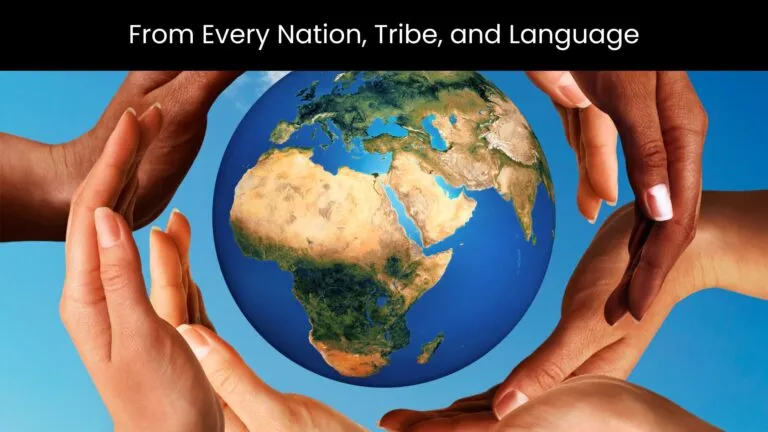
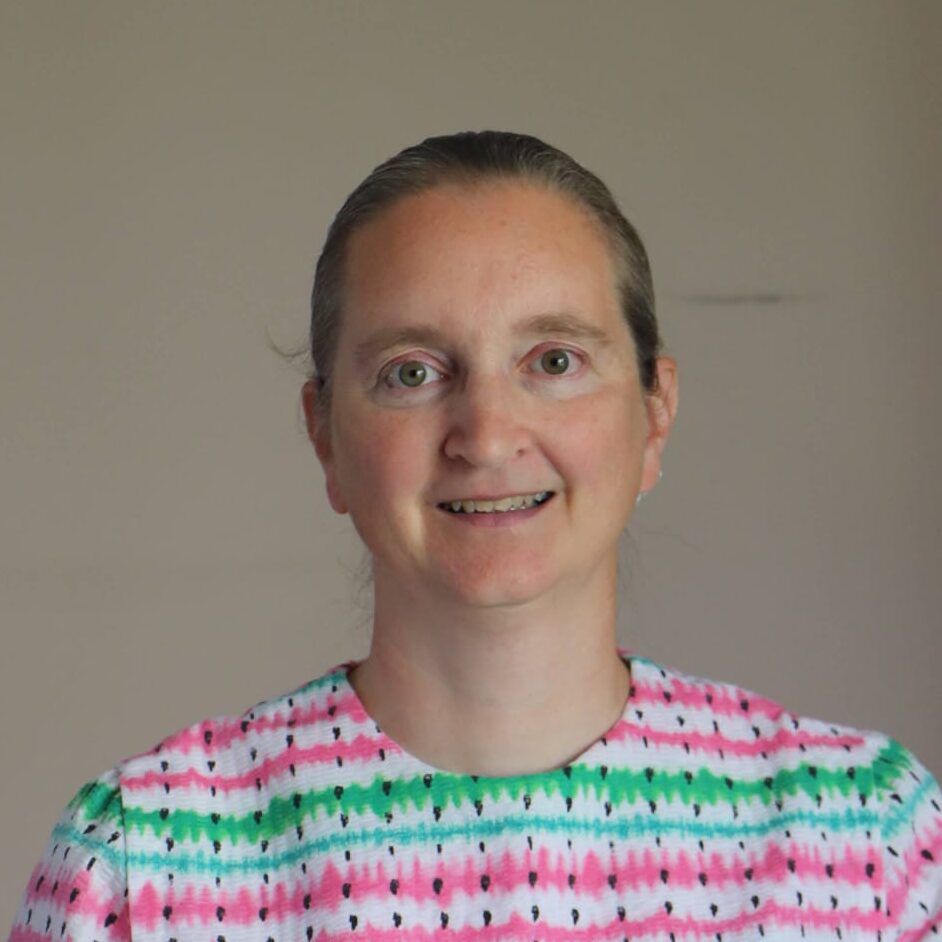
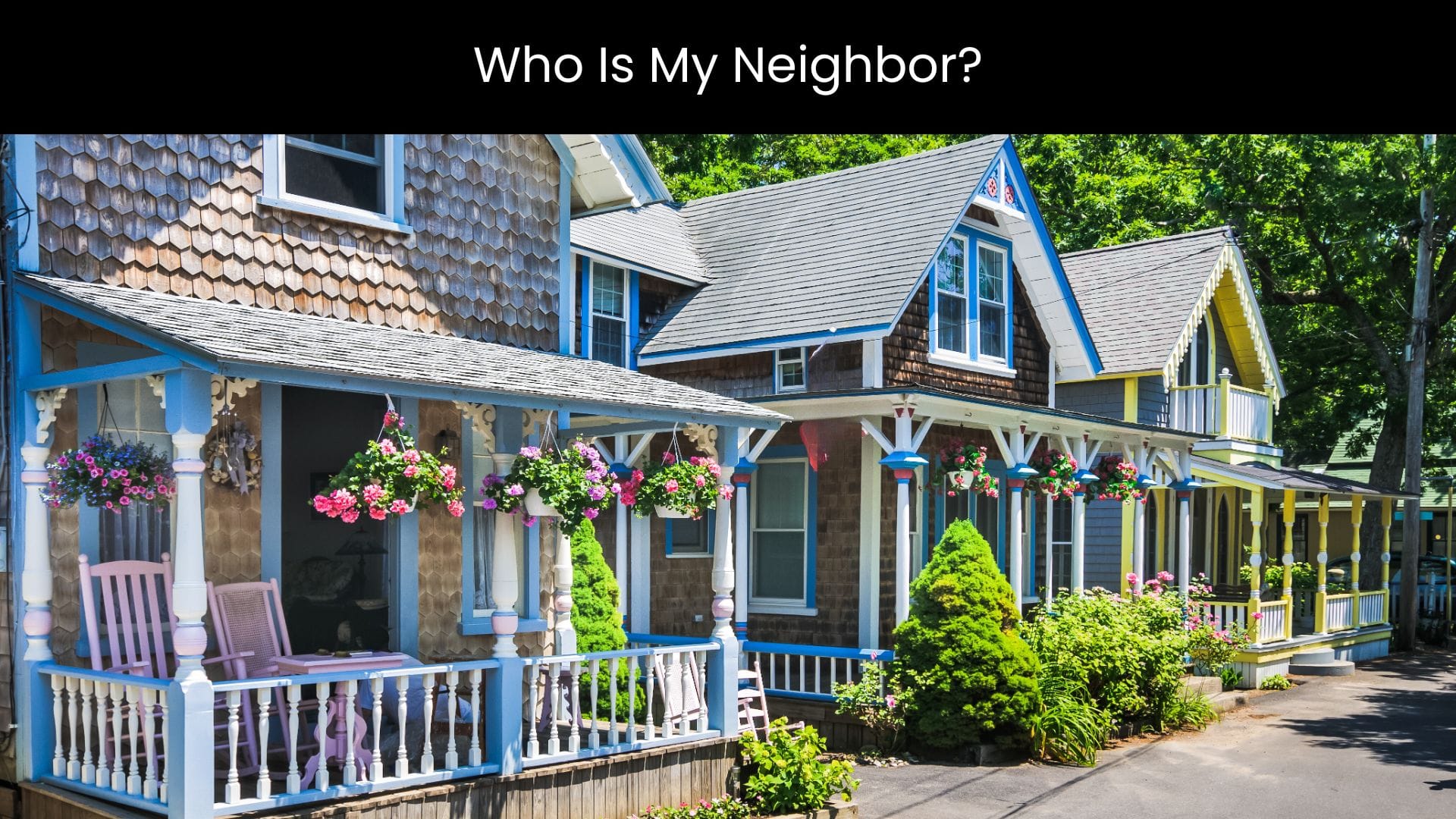
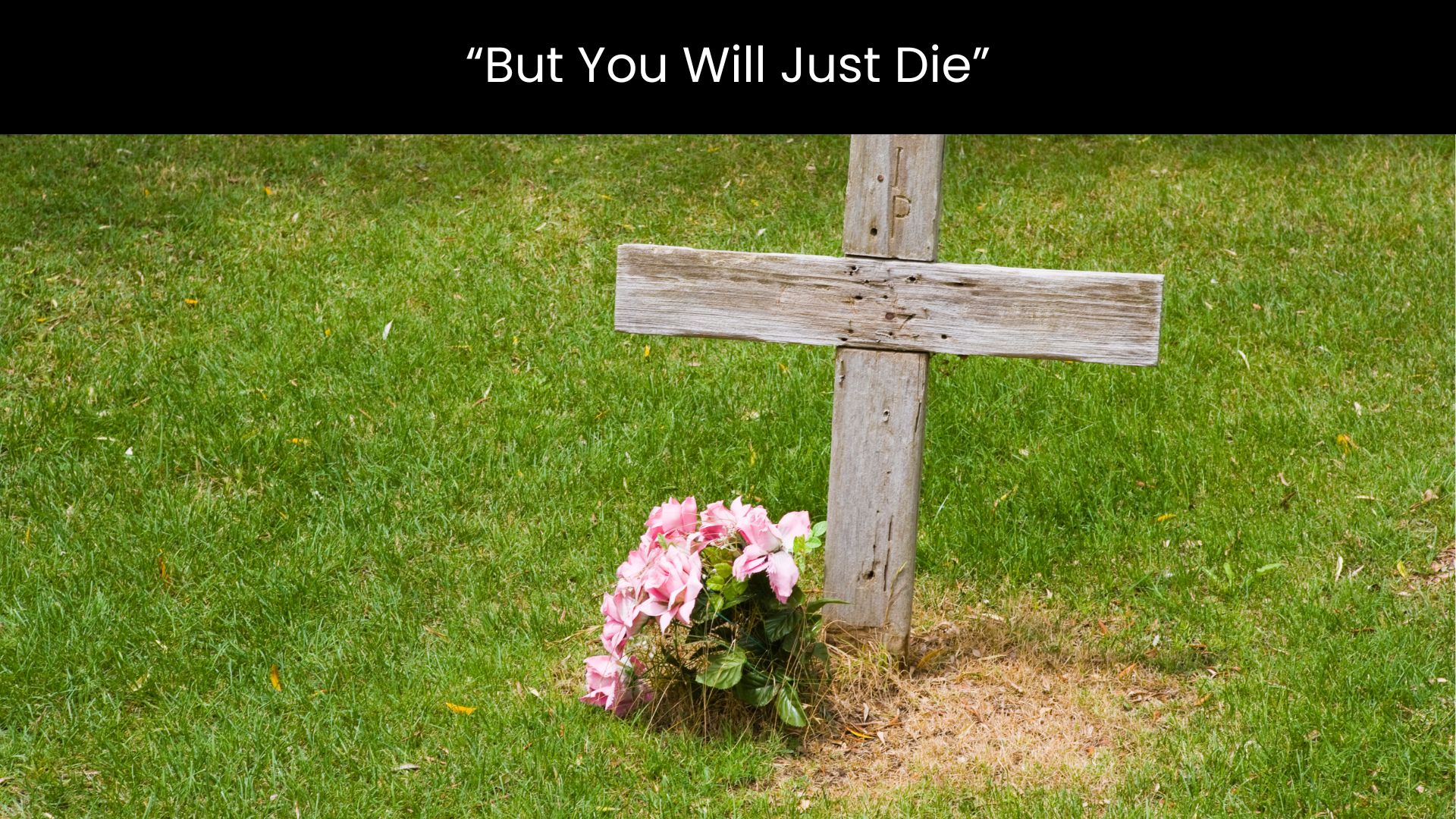

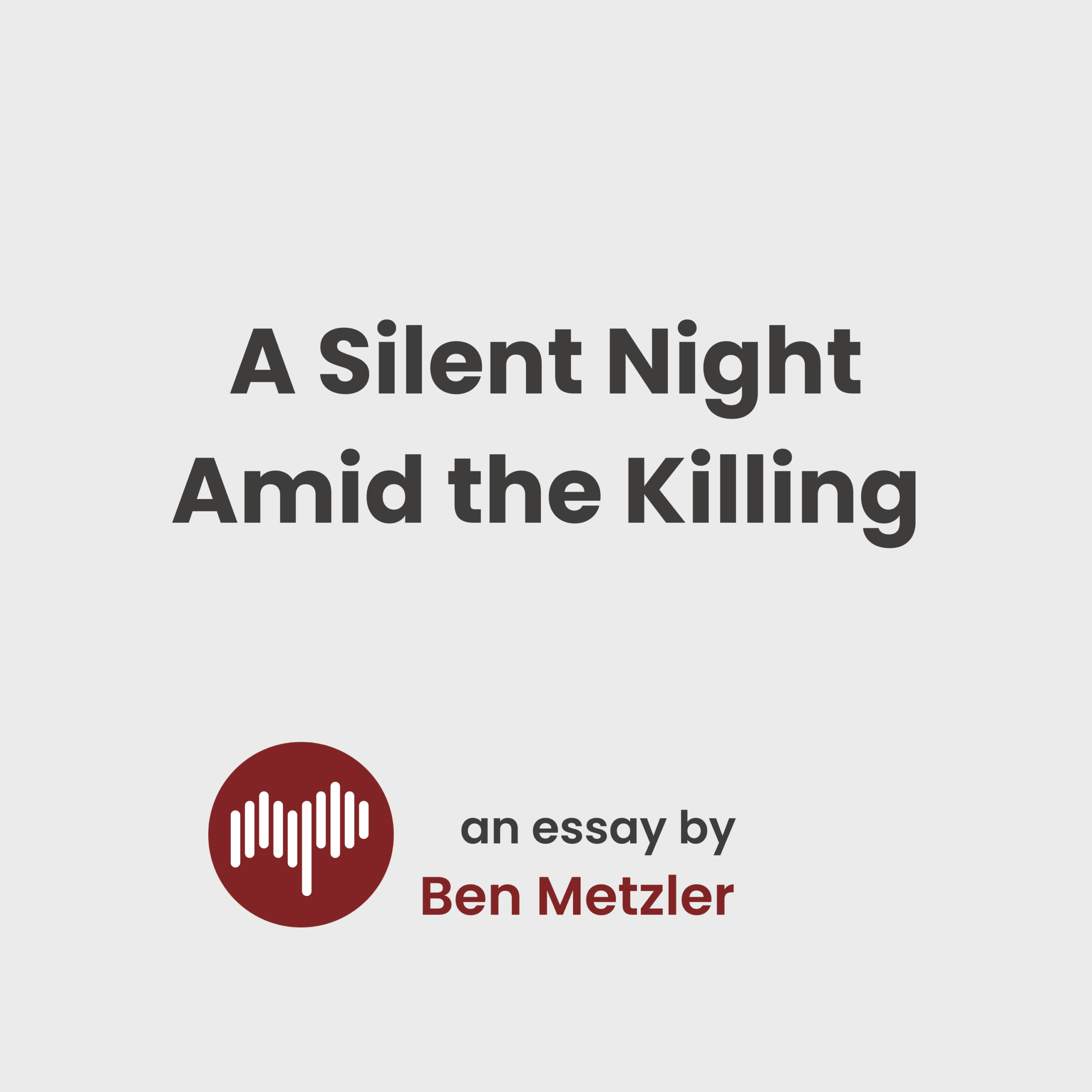

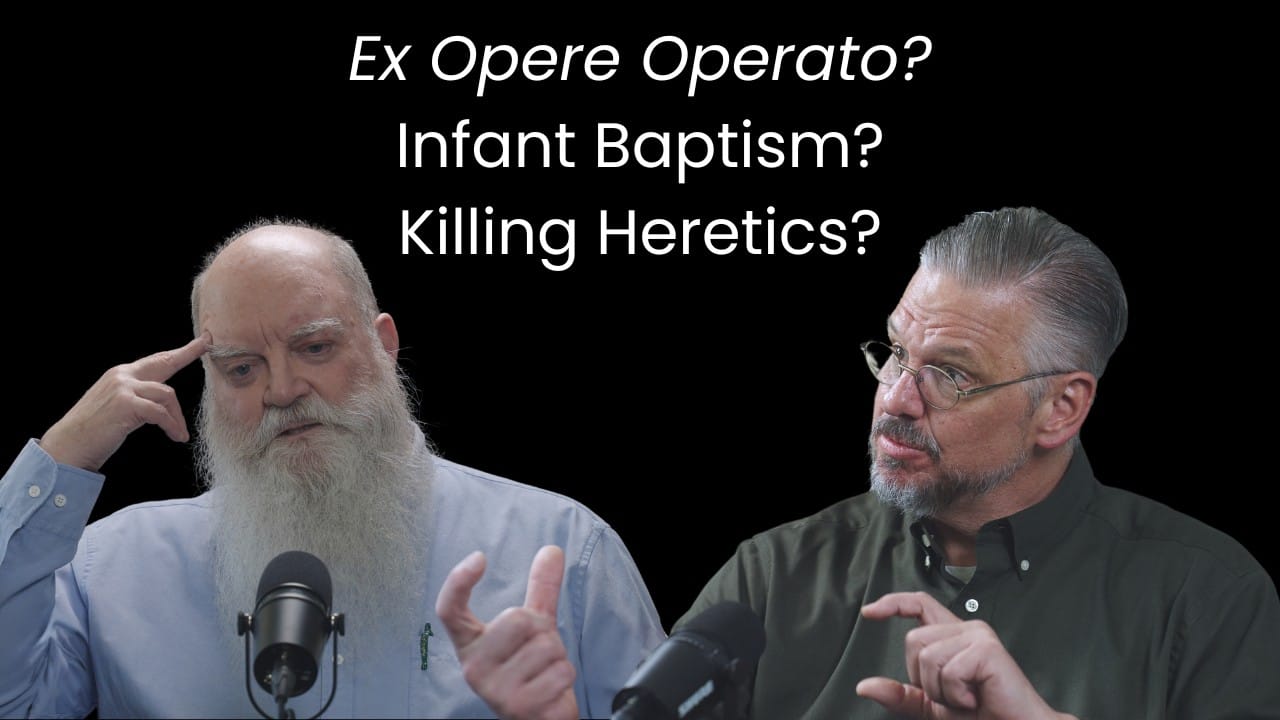
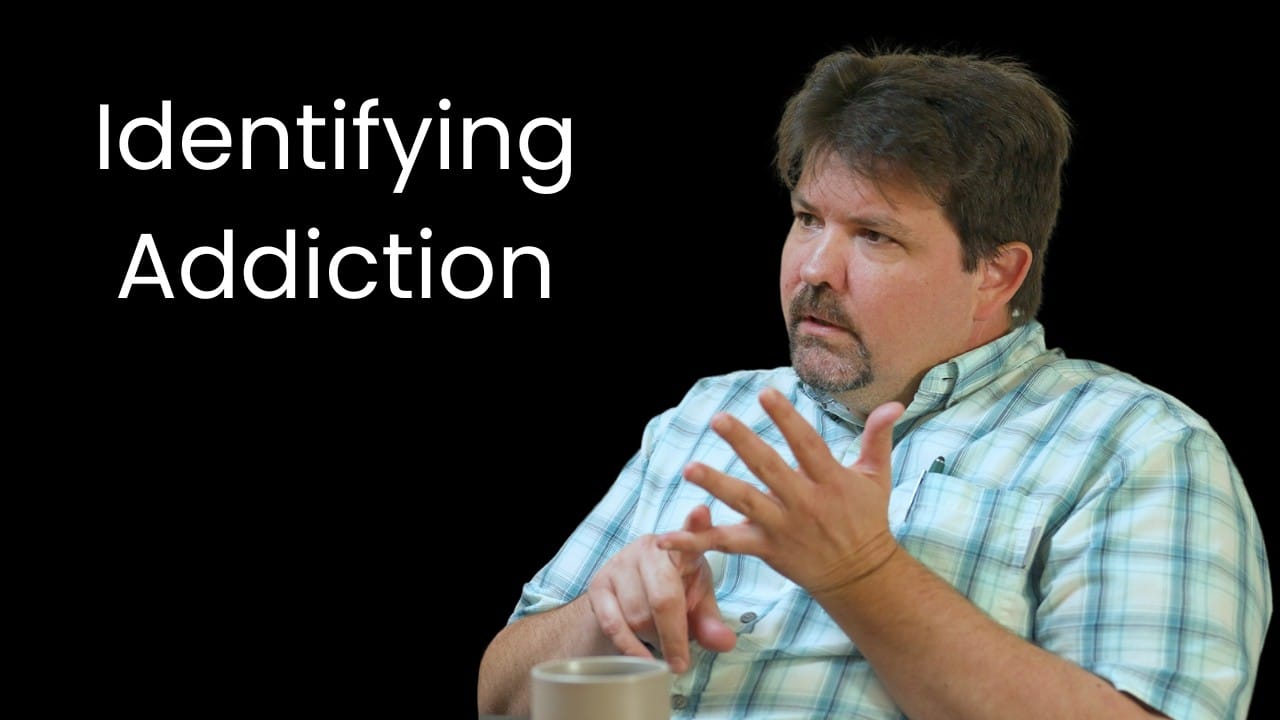
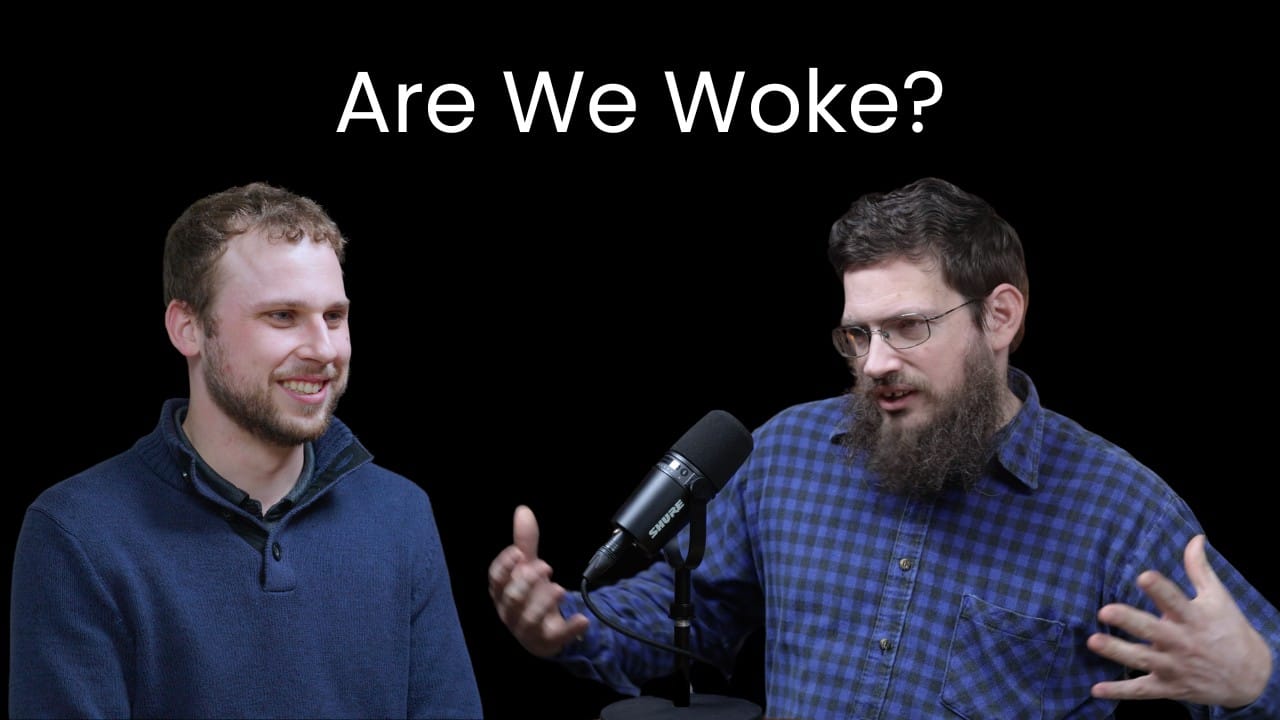
Leave a Reply